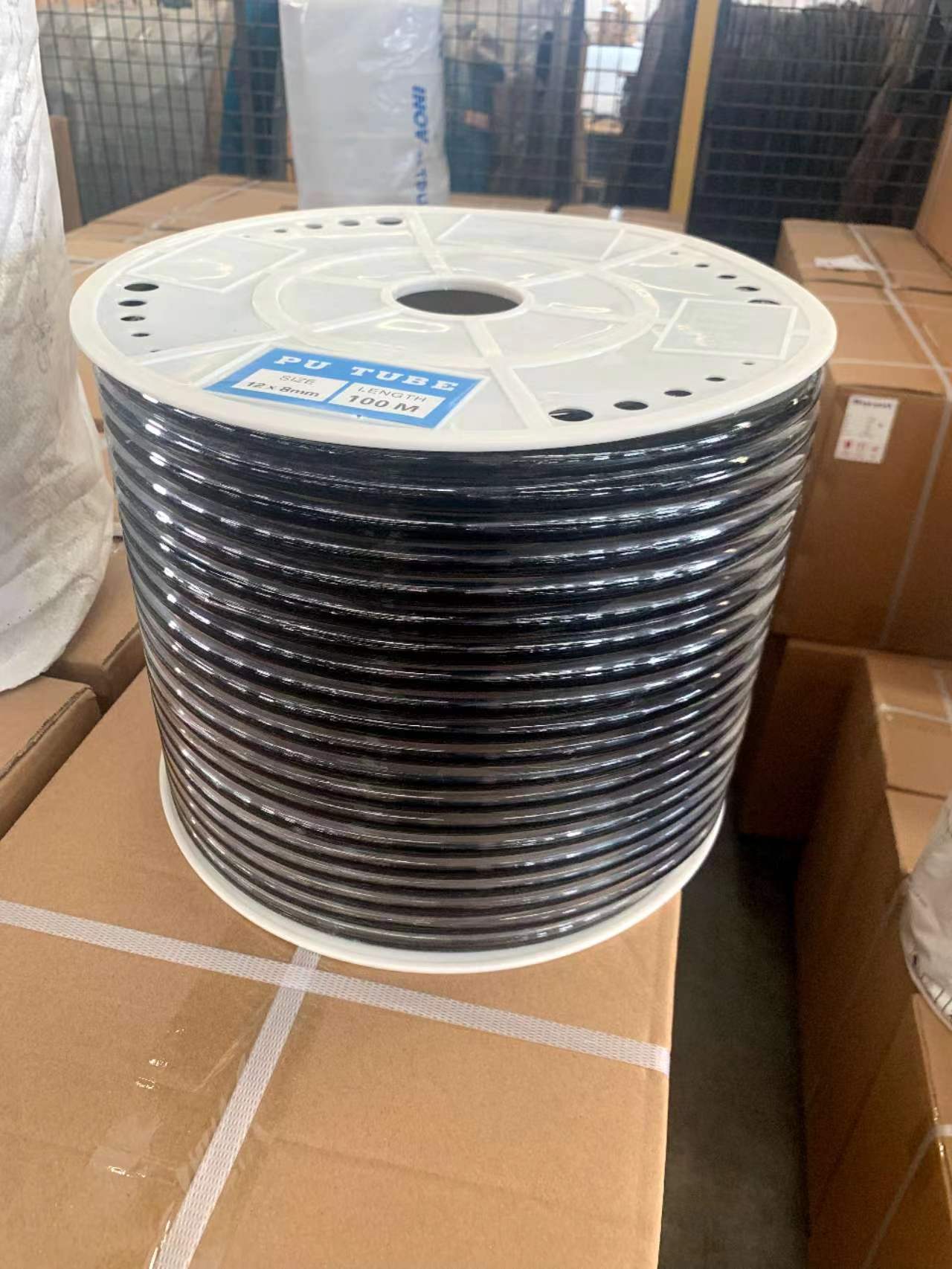Different Categories of Fire Hoses and Their Specific Applications in Firefighting
Types of Hose in Firefighting
Firefighting is an essential service dedicated to safeguarding lives, property, and the environment from the dangers of fire. One of the fundamental tools that firefighters employ in their operations is the fire hose. These hoses come in various types, each designed for specific functions and scenarios. Understanding the different types of hoses used in firefighting is crucial for both firefighting professionals and the communities they serve.
1. Attack Hoses
Attack hoses are primarily utilized to deliver water or fire retardant directly to the fire. These hoses are typically made from durable materials that can withstand high pressures. They are classified based on their diameter, with common sizes being 1.5-inch, 1.75-inch, and 2.5-inch diameters. The smaller diameters are often used for initial attack efforts due to their flexibility and ease of handling, while larger diameters are used for more extensive operations needing higher water flow rates.
The construction of attack hoses usually includes a lining of synthetic materials such as nylon or polyester, which provides increased resistance to heat and abrasion. Attack hoses can also be designed to be lightweight and manageable, enabling firefighters to maneuver effectively in crisis situations.
2. Supply Hoses
Supply hoses, also known as relay hoses, are crucial for transporting water from a source, such as a hydrant, to the fire apparatus or the scene of the fire. These hoses have a larger diameter, typically ranging from 2.5 to 5 inches, allowing for high-volume water transfer without significant pressure loss.
Made with robust materials to withstand high pressures, supply hoses are essential for establishing a constant and reliable water supply during firefighting operations. Their construction often includes a reflective jacket to enhance visibility during low-light conditions, which is particularly important during nighttime or in hazardous environments.
3
. Wildland Fire HosesWildland fire hoses are specifically designed for use in outdoor firefighting scenarios, such as forest or grassland fires. They are typically lighter than standard attack hoses, which allows firefighters to carry them over uneven terrain. Wildland hoses often feature a smaller diameter, usually around 1 to 1.5 inches, to facilitate quick and efficient movement.
types of hose in fire

These hoses are often made from materials that are not only resistant to heat and abrasion but also provide flexibility in harsh conditions. Wildland fire hoses may include specialized nozzles designed to create a fine mist, helping to rapidly suppress flames while minimizing water usage.
4. Booster Hoses
Booster hoses are compact, lightweight, and highly flexible hoses used primarily for small-scale firefighting operations, such as those suited for vehicles or equipment. Generally available in 1-inch or 1.5-inch diameters, booster hoses are ideal for mobile firefighting, providing a quick response to fires in localized areas.
These hoses are often stored on reels for easy access and deployment, making them a convenient option for situations that require immediate action without the need for extensive setup. Booster hoses are particularly effective for dealing with flammable liquids and small fires that can quickly escalate if not controlled.
5. Chemical & Foam Hoses
During firefighting operations involving hazardous materials or liquids, special hoses are employed to dispense chemical agents or foam. These hoses are designed to withstand corrosive substances and high pressures and are often used in industrial firefighting scenarios.
Foam hoses are specifically made to mix and apply foam solutions, which can effectively smother flames and suppress fire by creating a barrier between the fire and the oxygen it needs to thrive. The specialized nozzle designs ensure proper distribution of the foam, making them crucial in controlling flammable liquid fires.
Conclusion
In conclusion, fire hoses are invaluable tools in firefighting, providing essential functions that can significantly affect the outcome of emergency situations. Each type of hose serves a unique purpose, tailored to meet the challenges posed by different kinds of fires. Understanding the distinct types of hoses—attack, supply, wildland, booster, and chemical/foam hoses—equips firefighters with the knowledge needed to select the appropriate equipment during critical incidents. Adequate training and familiarity with these hoses can greatly enhance operational effectiveness and ultimately save lives.
-
Top Quality Oxy Acetylene Hoses for Sale Fit for Welding DemandsNewsJul.28,2025
-
The Future of Pneumatic Air Tubes in IndustryNewsJul.28,2025
-
Superior and Reliable LPG Hose Pipe Solutions for Every NeedNewsJul.28,2025
-
Exceptionally Durable and Versatile Premium Braided PVC TubingNewsJul.28,2025
-
Best Adapters for Connecting Garden Hose to PVC Pipe ConnectionsNewsJul.28,2025
-
The Essential Role of LPG Hoses in Safe and Efficient Gas DistributionNewsJul.16,2025














